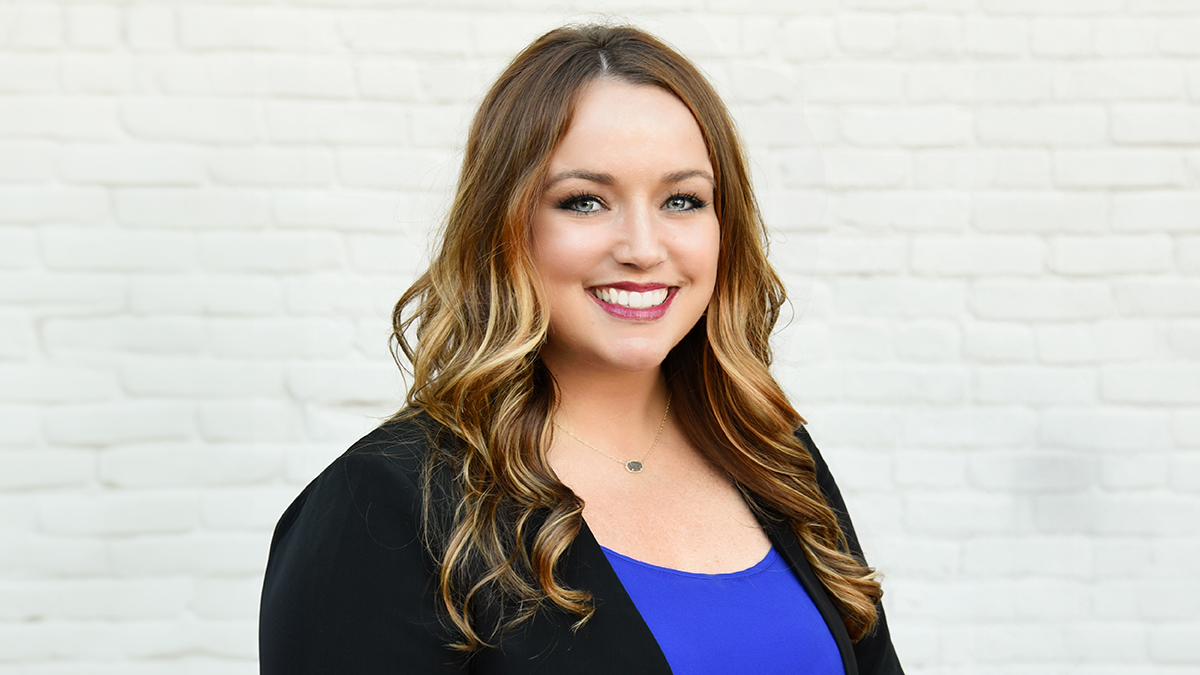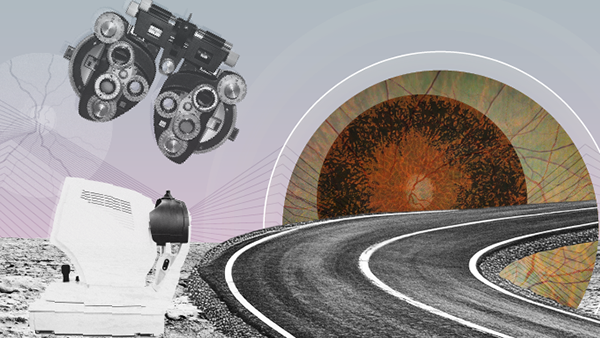You are viewing 1 of your 3 articles before login/registration is required
Lenses for Presbyope Lifestyles
Shifting the focus from changing lifestyle habits to fitting contact lenses made for healthy screen use
For years, we’ve watched screen use climb among all our patients, from kids to grandparents. We’ve educated patients countless times about how screen use can cause fatigue brought on by accommodative strain. And we’ve also highlighted how a 60 percent reduction in blink rate can lead to meibomian gland dysfunction (MGD) and associated dryness and vision issues (1). Yet screen use only continues to grow for almost all of us. We are not cutting back.
Now – in addition to educating contact lens wearers and candidates on the ramifications of screen use and suggesting frequent breaks with the 20-20-20 rule – we also need to keep up to date on new contact lens technologies that may alleviate some of the problems resulting from screen time. These technologies allow us to suggest contact lens materials and modalities that work best for each patient, helping patients across all ages and lifestyles who spend long hours using screens.
Choosing screen-friendly lenses
Any time a contact lens wearer or candidate has ocular discomfort, I recommend a daily disposable lens. This modality has a lower adverse event rate than reusable lenses (2) and is known to help reduce ocular dryness (3). I’ve used a variety of lenses from the major manufacturers, and they all offer good vision and comfort.
One of the newest lenses to hit the market is Acuvue Oasys MAX 1-Day, available in both spherical and multifocal. These lenses have two new unique technologies: TearStable and OptiBlue. According to Johnson & Johnson Vision, TearStable optimizes the distribution of the wetting agent PVP to improve tear stability and OptiBlue incorporates a proprietary chromophore into the senofilcon A material to filter 60 percent of blue-violet light, reducing light scatter. All very technical – but what does it mean in daily use? My patients who wear MAX lenses have told me their eyes feel more moist and more comfortable, and they’re experiencing better visual comfort.
Many patients won’t know that lenses like these exist – and they will be happy to try them.
Case study: a new presbyope working indoors and out
A close friend of mine in his early 40s is a general contractor, which means significant computer and phone screen time, but also lots of time outdoors in windy coastal conditions here in Florida. He had never worn glasses until presbyopia began. For the next 3–4 years, he kept leaving his readers everywhere – his employees even started carrying around extra pairs. We tried a few contact lenses, but he complained that he couldn’t see clearly and his eyes were constantly dry and gritty. He also noted he was experiencing increasing discomfort while driving at night due to sensitivity to headlights and streetlights.
Given my friend’s feedback, I believed the MAX 1-Day may have the potential to improve his lifestyle. I brought him in for a contact lens fitting, and we were able to achieve great distance, intermediate, and near vision with the first pair of lenses. I had him try out the lenses in the real world for a week.
At the follow-up exam, he was amazed how comfortable he was with the lenses. He told me I had brought back his vision to how it was 20 years prior, and he no longer had nighttime driving issues.
In the case of my friend – and many of my patients – I see clear relief when I find a lens that allows them to maintain their lifestyle while ditching the readers.
References
- C Blehm et al., “Computer vision syndrome: A review,” Surv Ophthalmol. 50, 253 (2005).
- RL Chalmers et al., “Rates of adverse events with hydrogel and silicone hydrogel daily disposable lenses in a large postmarket surveillance registry: the TEMPO Registry,” Invest Ophthalmol Vis Sci., 56, 654 (2015).
- MJ Bishop et al., “Evaluation of daily disposable senofilcon A contact lenses in a symptomatic population,” Cont Lens Anterior Eye, 45, 101574 (2022).
The New Optometrist Newsletter
Permission Statement
By opting-in, you agree to receive email communications from The New Optometrist. You will stay up-to-date with optometry content, news, events and sponsors information.
You can view our privacy policy here
Most Popular
Sign up to The New Optometrist Updates
Permission Statement
By opting-in, you agree to receive email communications from The New Optometrist. You will stay up-to-date with optometry content, news, events and sponsors information.
You can view our privacy policy here
Sign up to The New Optometrist Updates
Permission Statement
By opting-in, you agree to receive email communications from The New Optometrist. You will stay up-to-date with optometry content, news, events and sponsors information.
You can view our privacy policy here







